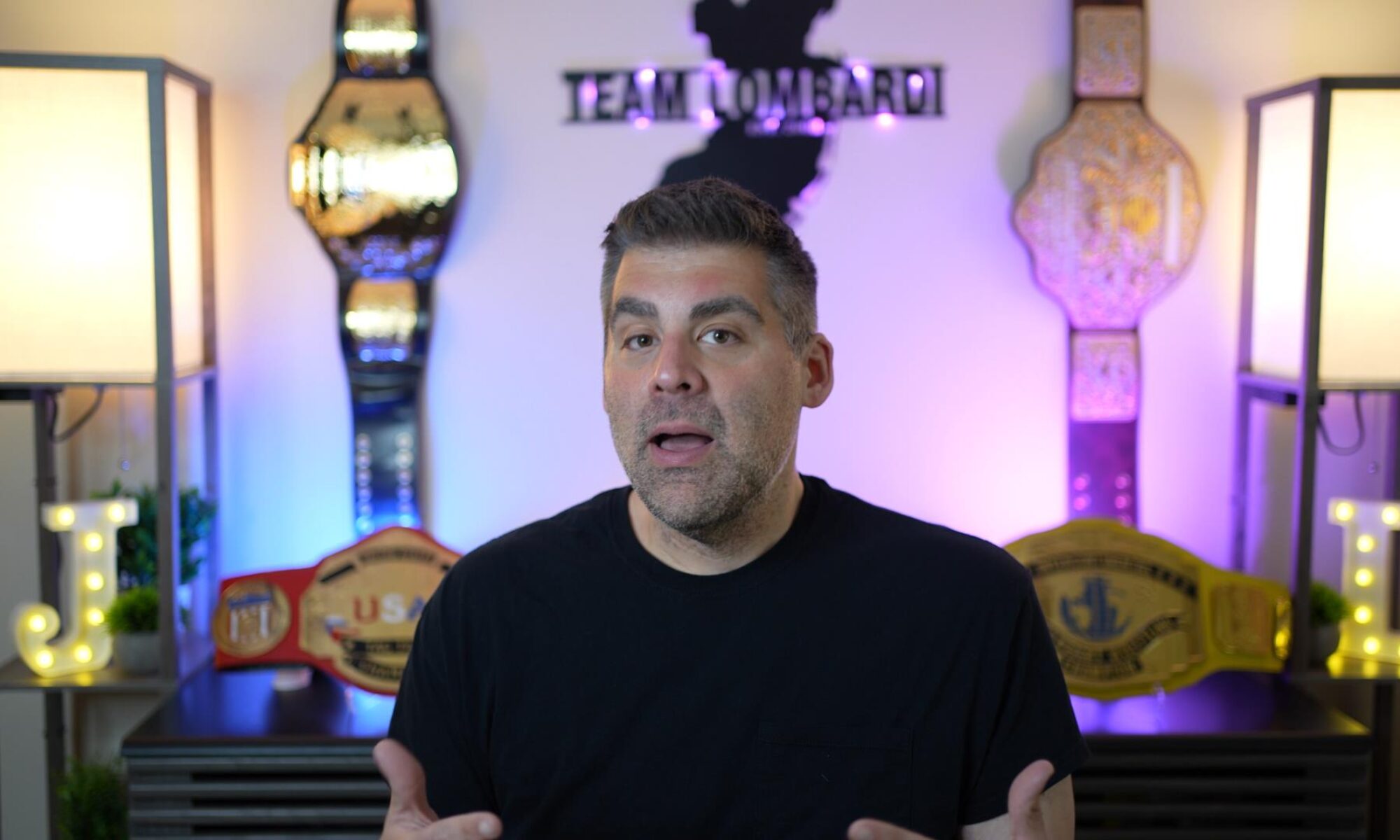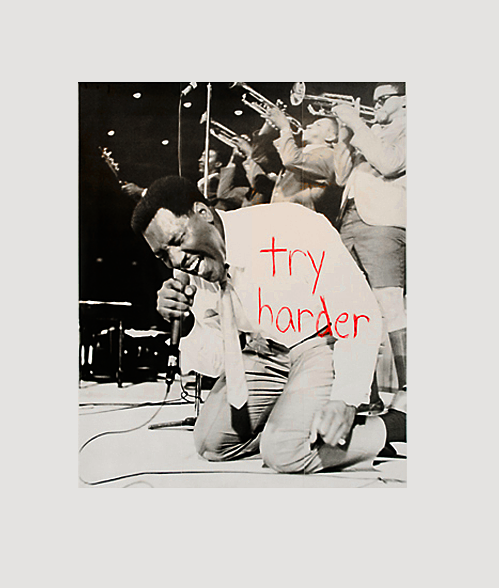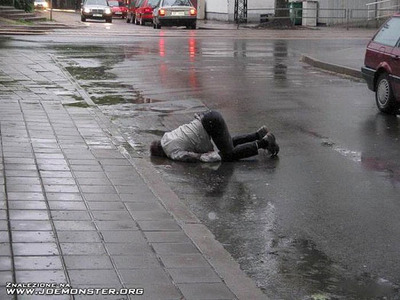Are you a parent of a teenager wondering exactly how you are going to help your child pay for college tuition? Are you a student wondering why you don’t feel satisfied with the career options you have going into college? Do you get the general feeling that something isn’t right with the whole system? If you feel that way, you aren’t wrong and you aren’t alone.
[The System has Failed Us]
When I first started to write this post, I was initially taking the “road to hell is paved with good intentions” approach to how the education system became such a mess, but after reading a book called Linchpin by Seth Godin, I modified my perception. The American education system (top to bottom) was designed to create followers (sheep). We give up our creativity with this unspoken expectation/promise that if we follow the rules, big brother will take care of us. School is design to make children good at following directions and spitting back output. This is the factory assembly line mentality to education. Big business barons (say that three times fast) back in the early 19th century realized the best way to mollify cranky workers is to give them just a bit of education to make the compliant. THAT IS MODEL THAT THE MODERN AMERICAN EDUCATION SYSTEM EVOLVED FROM.
by Seth Godin, I modified my perception. The American education system (top to bottom) was designed to create followers (sheep). We give up our creativity with this unspoken expectation/promise that if we follow the rules, big brother will take care of us. School is design to make children good at following directions and spitting back output. This is the factory assembly line mentality to education. Big business barons (say that three times fast) back in the early 19th century realized the best way to mollify cranky workers is to give them just a bit of education to make the compliant. THAT IS MODEL THAT THE MODERN AMERICAN EDUCATION SYSTEM EVOLVED FROM.
After America won WWII and committed to educating our soldiers, American colleges started to modify their business model and focus on the masses. Suddenly college education which was reserved for the elite, was in the grasp of anyone who wanted it. The GI bill made education affordable (almost free) to thousands of boys in the 1940’s. That generation started the expectation that everyone should go to college to get ahead.
50 years of the Government subsidizing education through state schools, community colleges (which in it’s current form was an invention of the Nixon administration), and private subsidization through Pell grants ended this decade with the implosion of the economy. Instead of giving students a free ride (or at least a discount), Uncle Sam helped them secure cheap loans at 1-3% interest…”free money”. Thus was born the generation of 21 year olds with 100,000 dollars of debt.
100k of debt is okay when you are making enough money to pay it back and are able to live, but when we aren’t creating jobs for these kids paying back $100,000 loan on a waiter’s salary isn’t going to be easy. Realize that this is the moment (right now) where America’s unspoken pact with it’s students has broken. The weight of our ideals and expectations has finally collapsed and we are left wondering for the first time in 50 years if a four year undergraduate degree is worth the cost.
[Where are we today?]
Instead of making this into a long section – let me make it short and terrifying:
- Since 1983, the average college tuition costs has risen 494% AFTER INFLATION (credit: DIY U
 by Anya Kamenetz)
by Anya Kamenetz)
- Due to middle and lower class America perusing higher education since the 1950’s, colleges have been marketing and calibrating themselves to serve the masses. The undergraduate degree has become the educational equivalent of a McDonald combo meal (just keep bringing them in and turning them out).
- Since the Princeton Review started publishing it’s college rankings in 1981, colleges have been trying to improve their position. They improve their rankings by rejecting more students. They reject more students by marketing to more students (and needing a marketing department)
- The old American schools like Princeton, Harvard, and Yale built their reputation because they were around the longest and amassed the greatest collections of knowledge (aka their libraries), ask yourself if that is relevant anymore with the availability of instant information via the internet
- Colleges justify their tuition increases by stating that students and parents want brand new gyms, fancy dorm apartments, “free” laptops and ipods. They also need marketing departments and alumni relations to keep the college’s name out in the public’s conscious. Ask yourself if a brand new rock climbing wall and dorm suites worth $40,000 for 9 months?
- While private colleges increase their services and tuition, state schools are forced to do more with less as state funding gets reduced or eliminated. Students looking to go to state schools have much more competition as everyone wants to get in on the bargain prices
- At the same time colleges are increasing their tuition, they are reducing the amount of tenured staff (from 66% in 1980’s to about 33% today). Most adjunct professors are hired. Those professors, even with a full course load only make about $10,000.00 per year teaching at some of the best schools in the world. Most of those adjuncts usually teach at community colleges when they get free spaces in their schedules – which they say usually pays more at the same as the “good schools”
[Where do we go from here?]
Now that I have ruined your children’s dreams, what do we do? We need to stop looking down on community college and 2 year degrees. Who decided that we need a four year degree (or a master’s degree) to be proficient on a subject? What happened to master/apprentice relationships in business instead of just trade?
A new generation of DIY’ers and free thinkers are taking things into their own hands. More concerned with the actual skill instead of the accreditation, learners are seeking out experts to teach them their trade. As I mentioned before, college professors aren’t making a living at the schools so they are offering private courses. These courses are cheaper than the college class and more tuned to the individual student (and not broken out into three or four courses). This is a win-win situation for student and teacher.
Colleges are not leveraging technology to reduce costs. There is an “open education” movement where people who want to share their knowledge are offering their skill for free. We are seeing this in blogs, wikipedia (and other wikis), message boards, online text books, and even in the colleges themselves. Many institutions including M.I.T. and Harvard offer free online classes to whoever wants to take them (not for credits). Why aren’t colleges taking advantage of the free materials available online to reduce their overhead and the cost to students? Why aren’t colleges banding together to share resources to reduce costs?
As people learn for themselves, colleges like Western Governor’s University offer fully accredited degrees that let you test out of the classes you already know, making your education cheaper and allowing you to focus on the things you need to learn (in the interest of full-disclosure, after months of research I will be attending WGU for my MBA starting next month). Unlike online degree-mills, WGU is non-profit, charges in 6-month increments, and lets you take as many classes as you can in those 6 months. Google and Bill Gates have invested heavily in the school citing it as a model that works for the future of education. WGU is just one example of many non-traditional schools emerging to make education affordable but still challenging (I’ll keep you updated).
[Conclusion…For Now]
Just because our parents did it and “that’s the way it’s always been done” doesn’t make it the best way to do something. We need to open our minds to the possibilities that technology is creating. The educational model is broken on the grade school, high school, and undergraduate levels; unless students and the employers of the world take a stand and accept change, we are all going to be in a shit-load more debt with nothing to show for it.
[Resources]
- Career Key: Helps you determine what career you are best suited for.
- Bureau of Labor Statistics: Occupational Outlook Handbook
- YoutubeEDU: Hundreds of free online lectures
- Open Yale Course: Dozens of Free Classes provided by Yale Professors
[Credits]
This post relied heavily on source material from the books:
DIY U by Anya Kamentz
by Anya Kamentz
Linchpin by Seth Godin
by Seth Godin
I highly recommend these books






